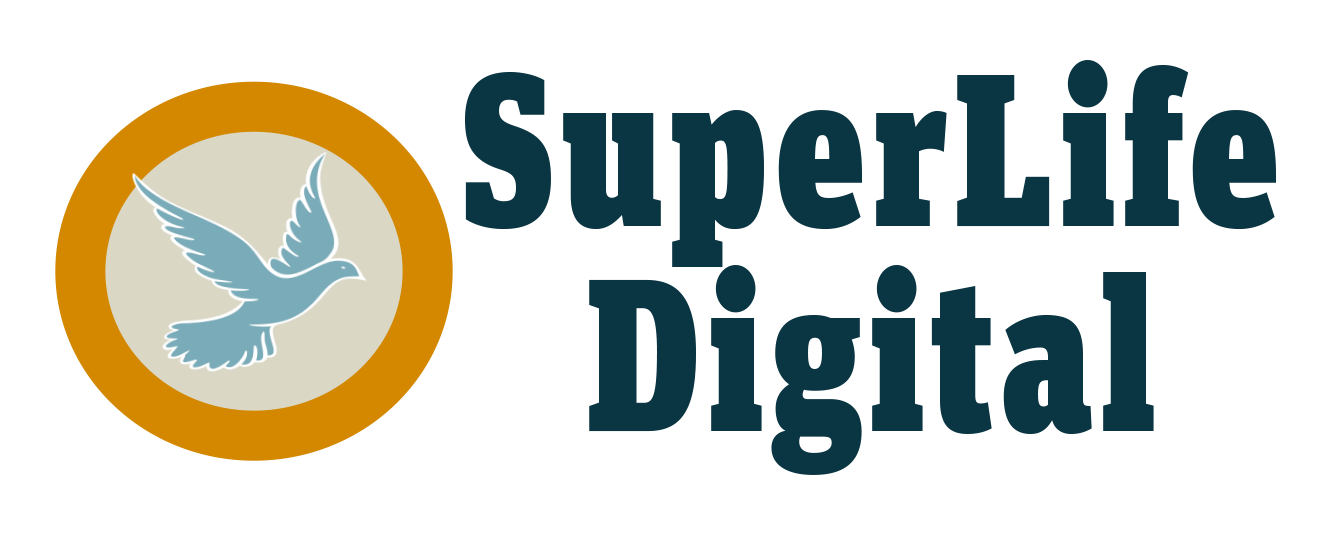Produce Prompts for Other AI Engines
ChatGPT is a very capable prompt engineer itself. If you ask it to come up with creative and effective inputs for artificial intelligence engines such as Dall-E and Midjourney, you’ll get text you can then input into other AI tools you’re playing around with. You’re even able to ask for tips with prompts for ChatGPT itself.
When it comes to generating prompts, the more detailed and specific you are about what you’re looking for the better: You can get the chatbot to extend and add more detail to your sentences, you can get it to role-play as a prompt generator for a specific AI tool, and you can tell it to refine its answers as you add more and more information.
Get Your Outputs in the Form of ASCII Art
While ChatGPT is based around text, you can get it to produce pictures of a sort by asking for ASCII art. That’s the art made up of characters and symbols rather than colors. The results won’t win you any prizes, but it’s pretty fun to play around with.
The usual ChatGPT rules apply, in that the more specific you are in your prompt the better, and you can get the bot to add new elements and take elements away as you go. Remember the limitations of the ASCII art format though—this isn’t a full-blown image editor.
Generate Your Own Images
If you use ChatGPT Plus, it’s got the DALL-E image generator right inside it, so you can ask for any kind of photo, drawing, or illustration you like. As with text, try to be as explicit as possible about what it is you want to see, and how it’s shown; do you want something that looks like a watercolor painting, or like it was taken by a DSLR camera?
You can have some real fun with this: Put Columbo in a cyberpunk setting, or see how Jurassic Park would look in the Victorian era. The possibilities are almost endless.
Copy and Paste Text From Other Sources
You don’t have to do all the typing yourself when it comes to ChatGPT. Copy and paste is your friend, and there’s no problem with pasting in text from other sources. While the input limit tops out at around 4,000 words, you can easily split the text you’re sending the bot into several sections and get it to remember what you’ve previously sent.
Perhaps one of the best ways of using this approach is to get ChatGPT to simplify text that you don’t understand—the explanation of a difficult scientific concept, for instance. You can also get it to translate text into different languages, write it in a more engaging or fluid style, and so on.
Go on an Adventure
If you want to go exploring, ask ChatGPT to create a text-based choose-your-own adventure game. You can specify the theme and the setting of the adventure, as well as any other ground rules to put in place. When we tried this out, we found ourselves wandering through a spooky castle, with something sinister apparently hiding in the shadows.
Provide Examples to Work With
Another way to improve the responses you get from ChatGPT is to give it some data to work with before you ask your question. For instance, you could give it a list of book summaries together with their genre, then ask it to apply the correct genre label to a new summary. Another option would be to tell ChatGPT about activities you enjoy and then get a new suggestion.
There’s no magic combination of words you have to use here. Just use natural language as always, and ChatGPT will understand what you’re getting at. Specify that you’re providing examples at the start of your prompt, then tell the bot that you want a response with those examples in mind.
Ask for Feedback
You can ask ChatGPT for feedback on any of your own writing, from the emails you’re sending to friends, to the short story you’re submitting to a competition, to the prompts you’re typing into the AI bot. Ask for pointers on spelling, grammar, tone, readability, or anything else you want to scrutinize.
ChatGPT cleared the above paragraph as being clear and effective, but said it could use a call to action at the end. Try this prompt today!
Source




